The Devil’s Backbone (Guillermo del Toro, 2001) is a Spanish horror/drama starring Federico Luppi, Eduardo Noriega and Marisa Paredes. The film details the life of Carlos who is forced to take refuge at the Santa Lucia School for orphans. Over time, Carlos begins to discover the supernatural elements of the orphanage, including a young ghost that strolls the area.
Throughout the film, del Toro utilises a number of filmic techniques in order to tell an extremely visceral and enthralling tale. Firstly, del Toro implements a flashback sequence to create an initial enigma and an interesting narrative structure. This, alongside a multitude of aesthetically pleasing shots intrigues the viewer. In addition to this, del Toro creates a number of tense and terrifying horror sequences throughout.
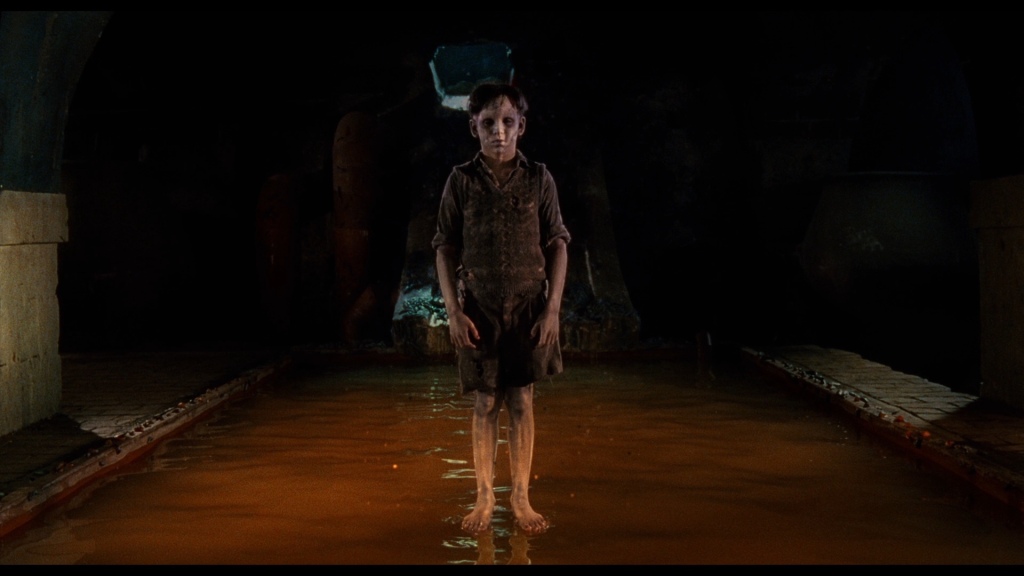
The film holds a significant place within Guillermo del Toro’s filmography due to the fact that it is an extremely personal passion project. After recently directing the critically condemned big budget blockbuster Mimic (1997), del Toro used the funds from this to produce and direct The Devil’s Backbone. This alternation between a studio project followed by a passion project became typical for del Toro, and this is the film that cemented it.
I personally had mixed reactions towards the film. Although I definitely enjoyed it overall, I found that the film suffered from some pacing issues in the first act. In addition to this, I personally did not connect to any of the characters and found many of their actions to be questionable. Despite this, I thoroughly enjoyed certain set-pieces throughout the film – predominantly the fire scene and the proceeding aftermath.
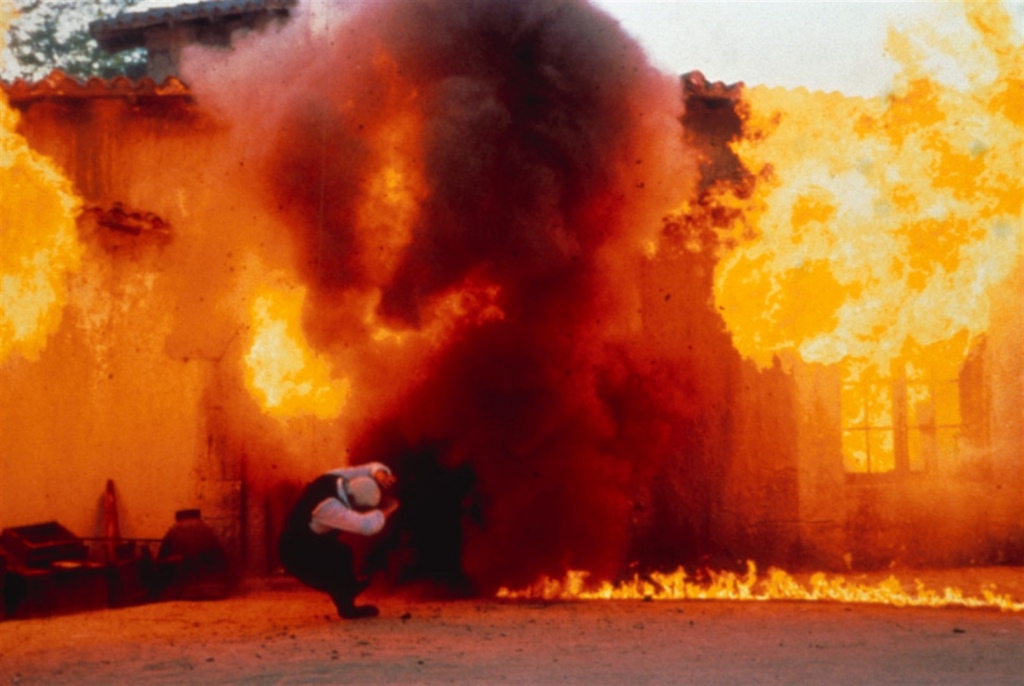
The film astutely tackles themes such as the supernatural, betrayal as well as loneliness throughout. The message presented over the course of the film emphasises the fact that the true ‘devil’ is the frightening evil that lives within the depths of the human psyche.
Overall, I would rate The Devil’s Backbone ★★★½.
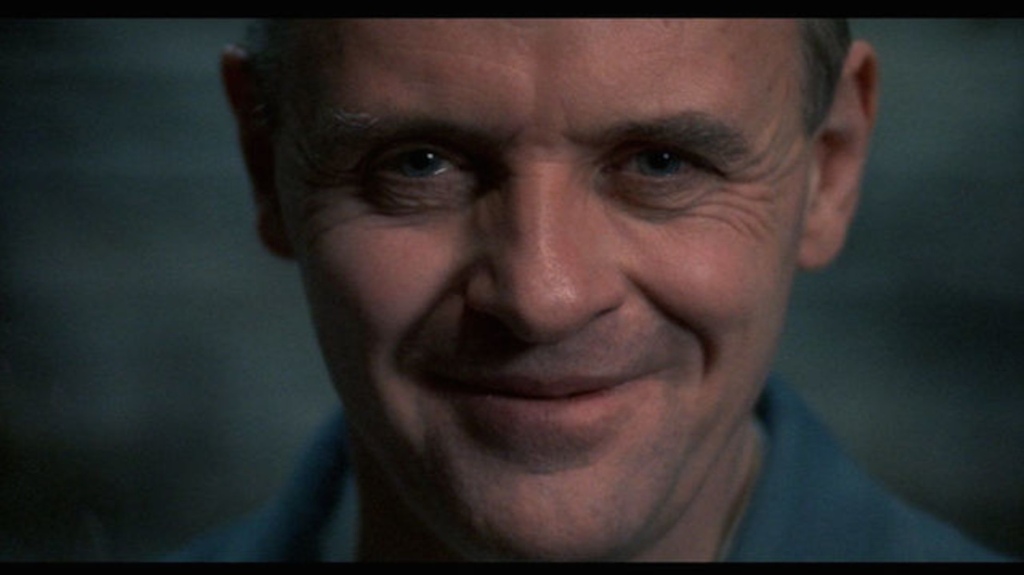
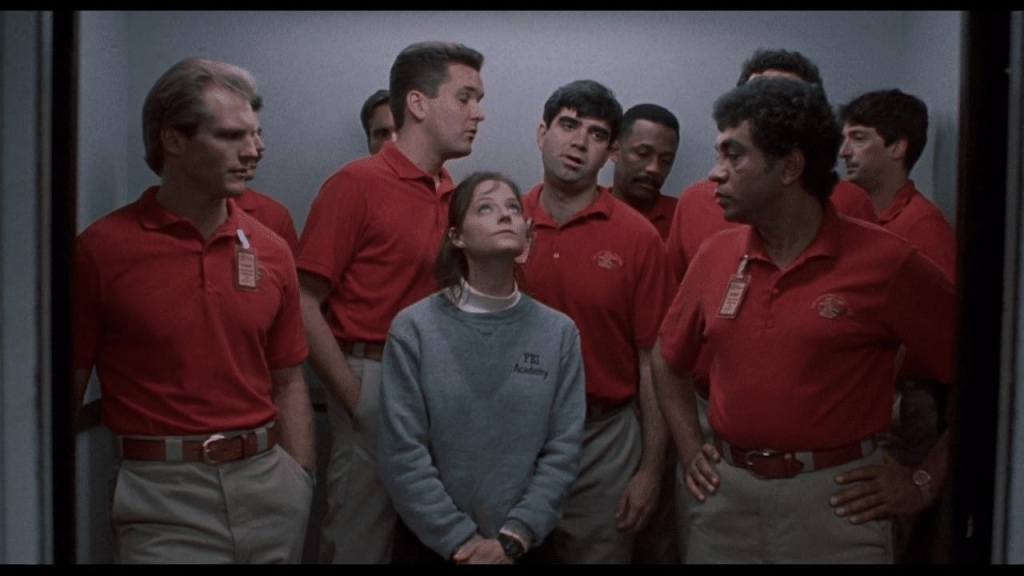
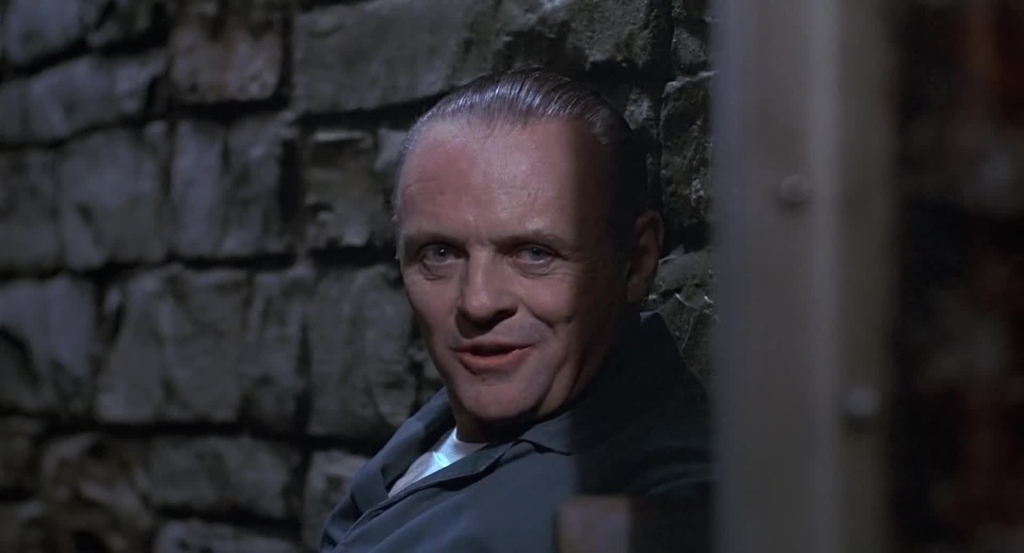
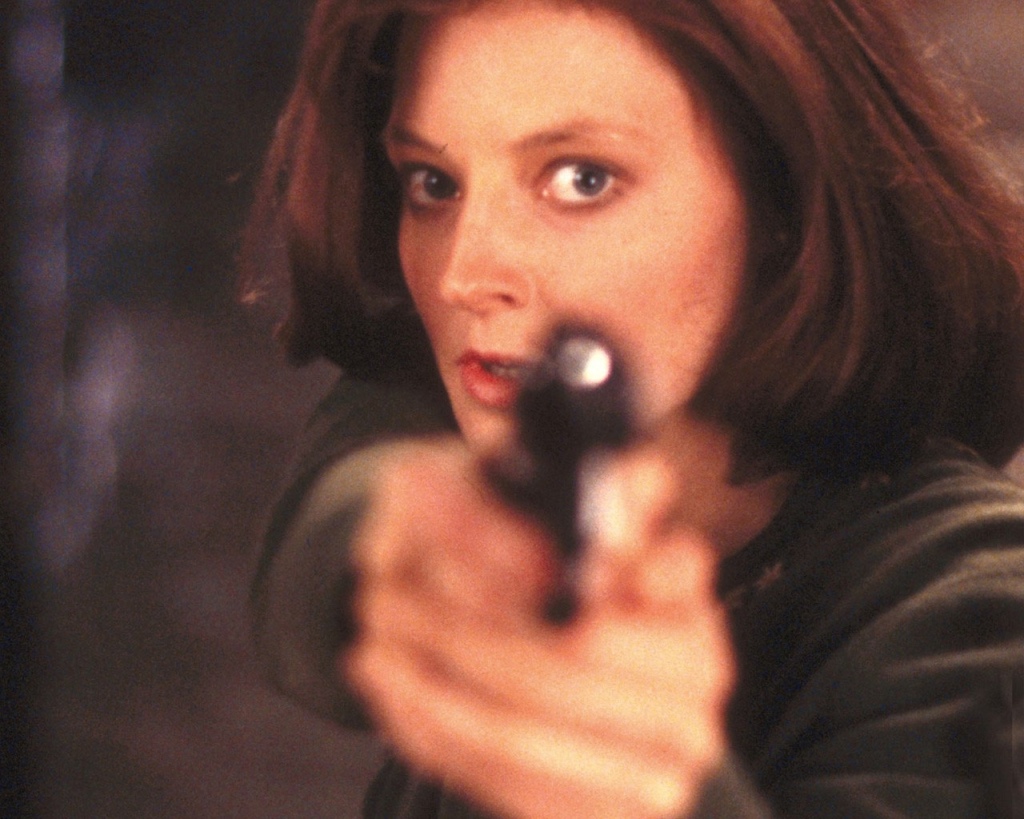
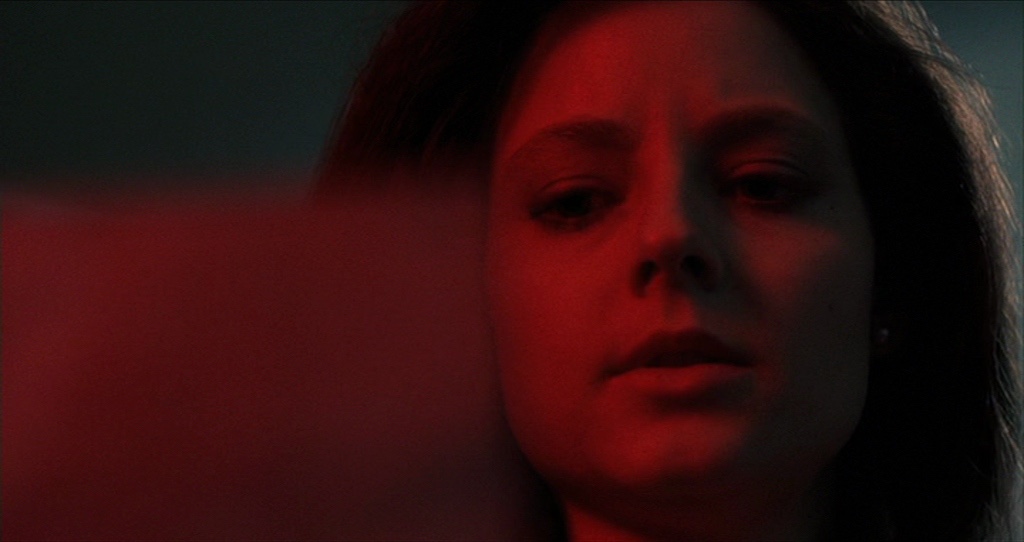
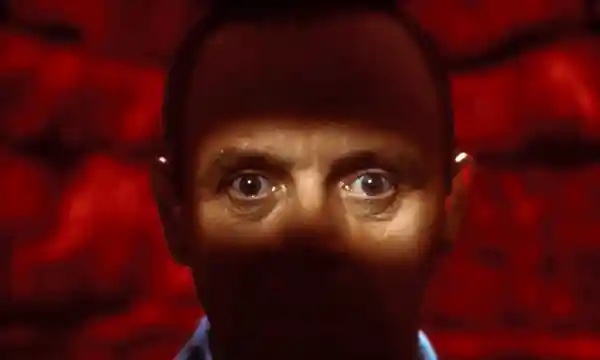
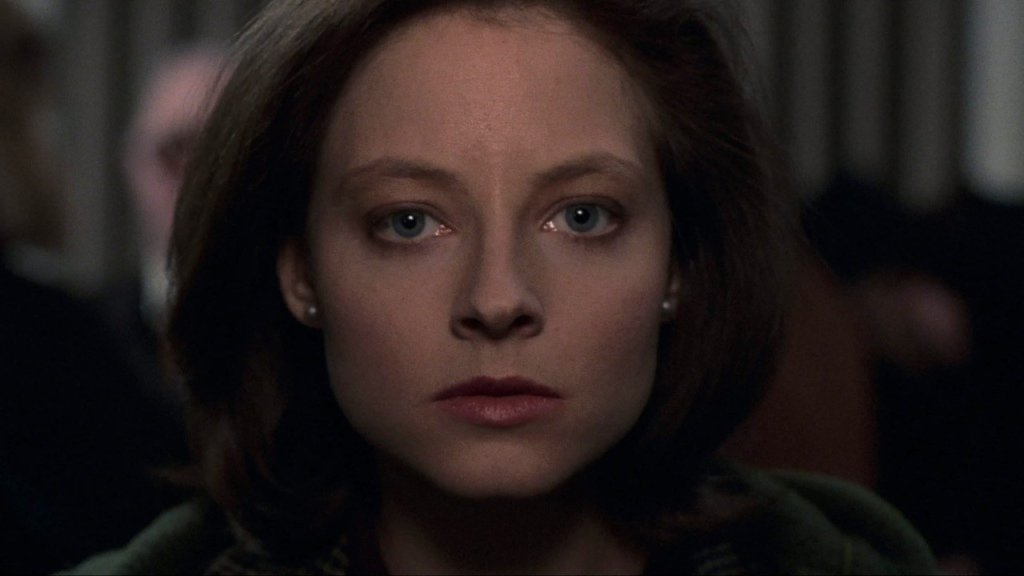
You must be logged in to post a comment.